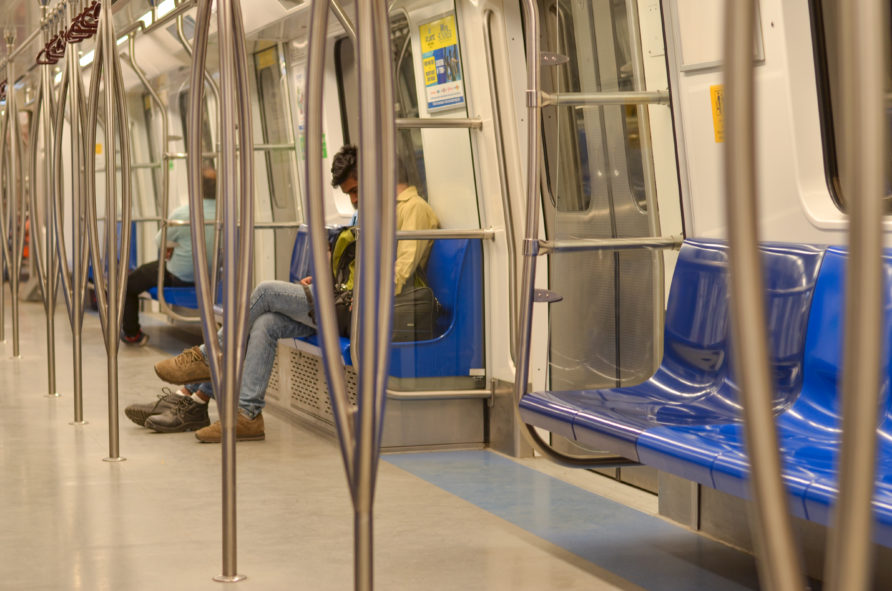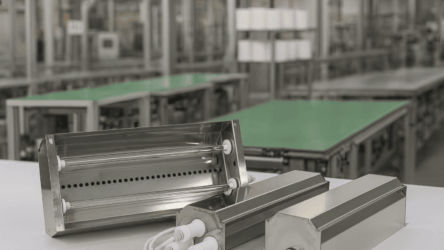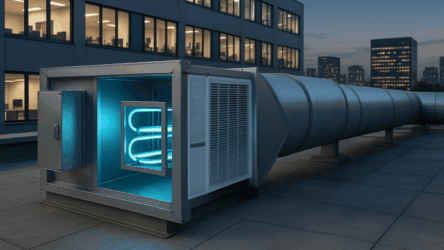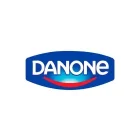In today's world, safety in public transportation has become a priority. Open germicidal ultraviolet irradiators are increasingly being used to decontaminate vehicles such as subways and buses. In this text, we will look at how uv irradiators and ultraviolet lamps have become a reliable means of decontaminating transportation.
Benefits of 254 Nm UV
UV irradiators provide effective disinfection and have several advantages:
- Fast and Effective Action. The ultraviolet lamps of germicidal units are able to kill microorganisms, including viruses and bacteria, on surfaces and in the air. This happens almost instantly.
- Safety for Passengers. UV irradiators are safe for passengers and staff. They operate in special chambers or closed compartments to avoid exposure to people.
- Low Operating Costs. UV lamps have a long service life and low energy consumption, making them cost-effective.
Application of UV disinfectors in subways
- Car decontamination: UV irradiators are installed inside the subway, in chambers that are activated when the train is parked. This allows the interior surfaces, seats, handrails and even the air to be disinfected.
- Station treatment: Metro stations may have UV irradiators installed in the ventilation system to sanitize the air in waiting areas.
Use of UV irradiators in buses
- Cabin treatment: Buses have UV irradiators to disinfect the cabin between trips. They can be activated in standby mode and treat the air and surfaces.
- Air treatment: Air conditioning systems in buses can be equipped with ultraviolet disinfection units to treat air flows in real time.
Open bactericidal ultraviolet irradiators have become an important means of disinfecting public transportation such as subways and buses. They provide fast and effective destruction of microorganisms, keeping passengers safe and healthy. The introduction of these technologies into transportation systems contributes to a clean and hygienic environment for all users of public transportation.







